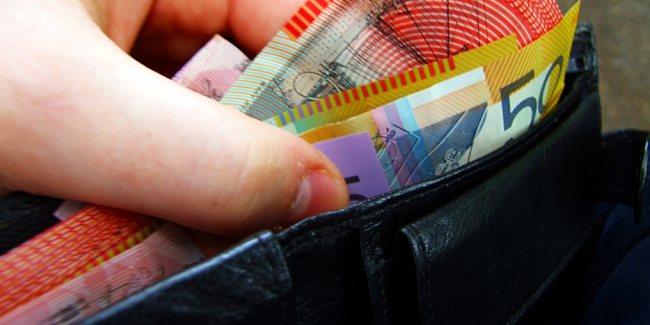Following its monthly monetary policy meeting on Tuesday (5 July), the Reserve Bank of Australia (RBA) has announced that it will increase the cash rate by 50 bps.
The move is the second 50-bp hike in a row and follows the 25-bp hike in May, taking the official cash rate to 1.35 per cent.
Similar to May and June’s cash rate hikes, banks have begun passing on the costs to borrowers.
Chief of research and economics at Domain, Nicola Powell, said the 50-bp increase will add around $142 a month to the repayments on a $500,000 home loan.
“This means borrowers are facing a cumulative increase of $363 since the first rate rise in May on a $500,000 home loan,” Ms Powell said.
For a $1 million property the cumulative increase since May, of 1.25 per cent, would have raised borrowers’ costs by $726 a month.
Just as interest rate cuts pushed prices up, Ms Powell said interest rate rises will slow price growth or cause prices to fall, as PropTrack had revealed.
Sydney and Melbourne housing markets had already shown signs of slowing prior to the RBA lifting rates, which will add further pressure to the slowdown, she said.
Further the increased cost of living, alongside higher interest rates will lower borrowers ’capacity, which could impact serviceability assessments for borrowers, Ms Powell explained.
“It will also weigh on household savings and result in some having to dip into savings to cover the additional home loan costs and living essentials,” Ms Powell said.
As households were sitting on large savings buffers – up to two years ahead of their mortgage repayments, governor Philip Lowe said there was some reassurance Australians can handle the rate hikes.
“The household saving rate remains higher than it was before the pandemic and many households have built up large financial buffers and are benefiting from stronger income growth,” Mr Lowe said.
Indeed, as the central bank attempts to slow inflation by increasing interest rates, the increase in home loan costs will weigh on the demand for new home loans.
While the true effect of this may not be seen just yet, the Australian Bureau of Statistics found the value of new home loan commitments increased 1.7 per cent to $32.4 billion in May 2022, after a 2.8 per cent drop in April.
The last significant downturn during 2017-19 saw national house prices fall 7.9 per cent, while interest rates remained stable. Whereas, this time interest rates are rising, increasing the cost of a home loan and reducing borrowing capacity at a time when living costs are soaring.
Ms Powell said the downturn will be largely shaped by how high and quickly interest rates go up, and how high inflation reaches.
“A tightening rate cycle will impact our housing markets – higher interest rates make future rental income less valuable, which makes property a less attractive asset for investors,” Ms Powell said.
“They also mean borrowers are able to take on less debt than previously, and further slow market momentum.”
New Zealand fights inflation
While Australia works to get a handle on rising inflation, conditions over the Tasman have escalated rapidly.
The Reserve Bank of New Zealand has raised its cash rate to 2 per cent to scale back the high demand for housing and surging home prices.
Since August 2021, the central bank has been tightening monetary policy, lifting the official cash rate, to rein in inflation as median house prices spiked to more than 30 per cent in 2021, with a slight downfall over the past year.
Reserve Bank of New Zealand’s (Te Pūtea Matua) chief economist Paul Conway said house price inflation is among the highest across OECD countries over recent years.
As a result, housing has gone from “being abundant” and reasonably affordable to being scarce and prohibitively unaffordable for many, he said.
Despite the increasing interest rate environment having some effect on escalating house prices Mr Conway said house prices remain at very high levels in absolute terms and relative to incomes.
While there are a number of factors at play, Mr Conway explained the growing population, global interest rates, domestic tax system and constrained supply had “distorted” the market.
“Our supply of new houses has not kept up with the demand for housing coming from a growing population,” he said.
“Higher housing demand will have a much smaller impact on house prices if new homes are built quickly to meet that demand.”
However as construction companies in Australia grapple with rising costs, New Zealand’s construction market has similarly taken a hit.
“World Bank data show that construction costs in New Zealand were 16 per cent higher than in Australia and about double the OECD average in 2017,” Mr Conway said.
In the longer term, as international travel restrictions unwind, it is anticipated many New Zealanders will likely head overseas seeking new experiences and immigration is unlikely to return quickly to pre-pandemic levels, contributing to slower population growth overall.
[Related: Lowe slams another 50-bp cash rate on Australians]

